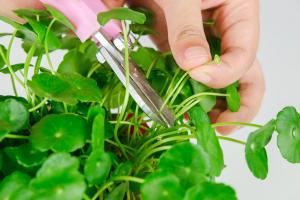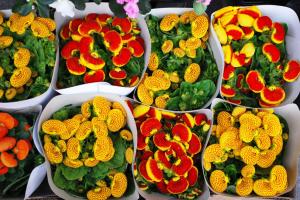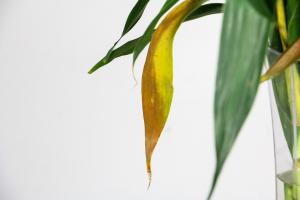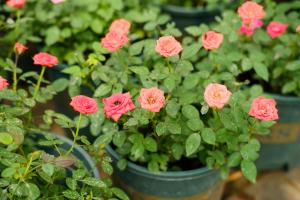What Is the Best Plum Tree to Plant?
Plums are a delicious and nutritious fruit that can be eaten fresh, dried, or used in baked goods. If you're thinking about planting a plum tree, you may be wondering what variety is the best for you. In this article, we'll explore some of the top choices for plum trees and what you should consider when selecting one for your yard.
Varieties of Plum Trees
There are many different varieties of plum trees available, each with its own unique flavor, size, and growth habits. Some of the most popular plum tree varieties include Santa Rosa, Shiro, Methley, and Satsuma.
The Santa Rosa plum tree is a highly productive variety that produces large, juicy fruits with a beautiful red-purple skin. Shiro is another excellent variety that is known for its sweet, yellow flesh and early ripening time. Methley plums are a popular choice for their small size and intense flavor, while Satsuma plums are prized for their sweet, juicy flesh and resistance to disease.
Considerations for Selecting a Plum Tree
When choosing a plum tree to plant, there are several important factors to consider. One of the most important is the climate in your area. Plum trees typically thrive in mild to moderate climates with well-drained soil and plenty of sunshine. If you live in a region with harsh winters or hot, dry summers, you may need to select a variety that is better suited to your climate.
Another consideration is the size and growth habit of the tree. Plum trees can grow quite large, so it's important to choose a variety that will fit well in your yard. Some plum trees are naturally dwarf or semi-dwarf, while others can grow up to 20 feet tall. Be sure to select a variety with a growth habit that matches your needs and space limitations.
Finally, it's important to consider the ripening time of the fruit. Some plum trees produce fruit early in the season, while others ripen later in the summer. If you're looking for a particular variety or want to ensure a steady supply of ripe plums throughout the season, be sure to select a tree that has the ripening time you desire.
Tips for Planting Plum Trees
Once you've selected the best variety of plum tree for your needs, it's time to plant it in your yard. Here are some tips to help ensure success:
- Choose a location that receives plenty of sunlight and has well-drained soil.
- Dig a hole that is slightly larger than the root system of the tree.
- Mix in compost or other organic matter to improve soil quality.
- Set the tree in the hole and fill it with soil, taking care not to cover the graft union.
- Water the newly planted tree thoroughly, and continue to water it regularly throughout the growing season.
By following these simple tips, you can help your plum tree thrive and produce a bountiful harvest of delicious fruit.
In Conclusion
Plum trees are a wonderful addition to any yard or garden, providing both beauty and delicious fruit. When selecting a variety to plant, be sure to consider factors like climate, growth habit, and ripening time. With the right care and maintenance, your plum tree will reward you with years of enjoyment and a bounty of delicious fruit.

 how many times do yo...
how many times do yo... how many planted tre...
how many planted tre... how many pine trees ...
how many pine trees ... how many pecan trees...
how many pecan trees... how many plants comp...
how many plants comp... how many plants can ...
how many plants can ... how many plants and ...
how many plants and ... how many pepper plan...
how many pepper plan...































